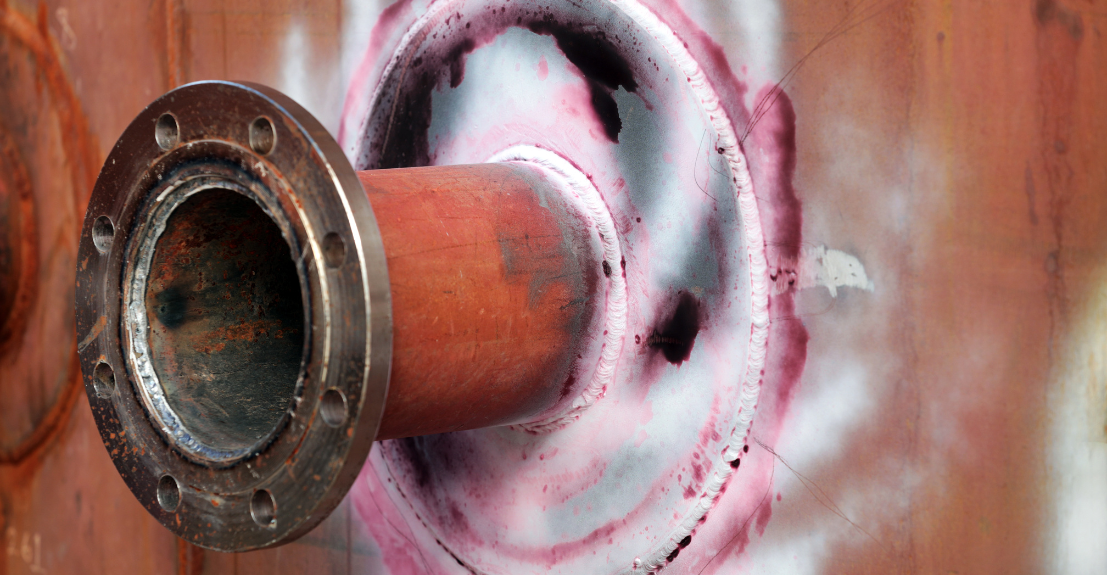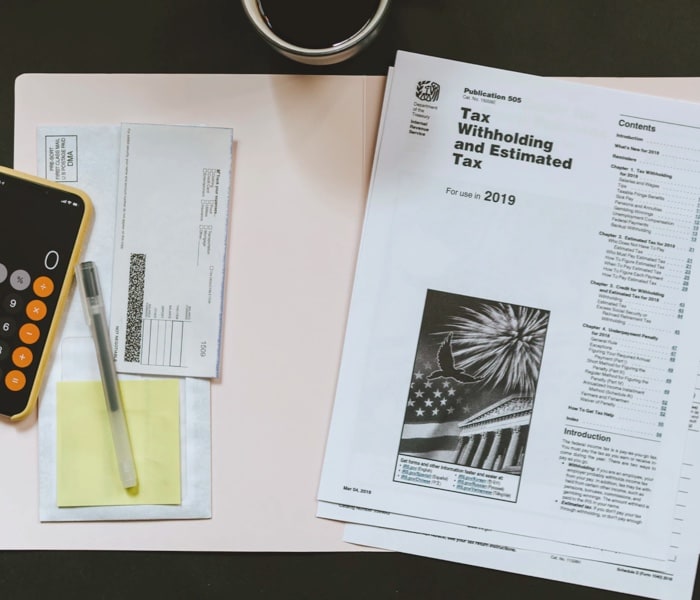
Liquid Penetrant Inspection (LPI)
Detecting Surface Cracks with Precision
Liquid Penetrant Inspection (LPI), also known as Dye Penetrant Inspection (DPI), is an effective method for detecting fine surface cracks and defects in non-porous materials. This technique works by applying a visible or fluorescent dye to the surface of a component. The dye seeps into any cracks or voids, revealing their size, shape, and location.
LPI is widely used to inspect both ferrous and non-ferrous materials, including:
- dummy Metals and ceramics
- dummy Plastics and glass
How It Works
A Simple 3-Step Process
Application: A visible or fluorescent dye is applied to the clean, dry surface of the part.
Penetration & Removal: The dye is drawn into any cracks through capillary action, and after a set period, the excess dye is removed.
- Development & Inspection: A developing agent is applied, pulling the dye from defects, making them clearly visible for inspection.
Applications & On-Site Inspections
LPI is a fast, affordable, and effective method for identifying surface defects like:
- dummyCracks, seams, laps, laminations, and lack of fusion in castings and forgings.
- dummyStress cracks in aircraft structures.
- dummyIntegrity testing of welds in fabricated structures.
Our experienced technicians carefully assess surface conditions, material type, and defect characteristics to customize the inspection process for maximum accuracy.
Advantages of Liquid Penetrant Inspection (LPI)
- dummy Cost-Effective – Simple and ideal for high-volume inspections
- dummy No Specialized Equipment Needed (except for fluorescent inspections)
- dummy Highly Sensitive – Detects very fine surface flaws
- dummy Versatile – Works on almost any non-porous material
- dummyQuick & Efficient – Ideal for high-volume inspections
- dummyLarge Area Coverage – Can examine large surfaces in one process
Limitations & Safety Considerations
Limitations
- dummySurface preparation (degreasing) is required before inspection
- dummySome penetrants are difficult to remove, leading to false readings
- dummySurface imperfections may cause spurious indications
- Fluorescent penetrant inspections require special UV lighting
Safety Considerations
- dummyProper handling of penetrant chemicals is essential
- dummyUV light exposure should be minimized to prevent health risks
Your Trusted Partner for Liquid Penetrant Inspection
With our extensive experience in high-volume inspections and on-site testing, we ensure accurate, efficient, and reliable results for all manufacturing and structural applications.
Contact us today to discuss your inspection needs!
Email Us | Call Us @ 519-575-0494


